
Joe Keogh and Halo (painted fibreboard, stainless steel risers, chrome anchors. Small wall piece)
Joe Keogh’s Chasing Ghosts is the first public show to grace the Art School’s project space. Tucked away on the top floor, the space is intimate, a not-so-secret clubhouse that breaks with the hustle and bustle of the café downstairs. It’s a place for ideas and thinking, and most of all it’s a place for art. Two white walls and a window offer a view into The Glasgow School of Art’s main library. It’s a fitting view considering the depth of Joe Keogh’s work. Based on a fascination with the Cosmos, Chasing Ghosts is an exhibition that plays with ideas around dark matter, dematerialisation and the undetectable.
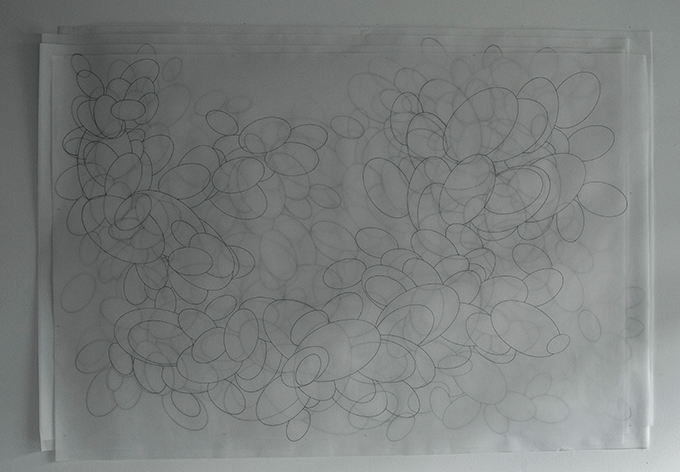
Echo (4 drawings layered, ink on translucent paper, steel pins)
It’s also a return to Keogh’s roots as an artist. He studied at the GSA in the 80s, leaving with a degree in sculpture. At the time, the MFA course didn’t exist, and although he considered a postgrad in sculpture, he was persuaded to do the Masters in Design. “I wasn’t so happy with that, unfortunately. I kept saying, “I’m an artist!” but it was really interesting. We were learning a lot of new stuff.” He deviously put on a sculpture show in his second year anyway and passed his degree.
Chasing Ghosts remains true to Keogh’s sculptural roots, “The work is about sculpture and traditional sculptural ideas like forms relating to other forms in space.” The exhibition features three new pieces: Halo and Tau which are both small wall pieces and Echo which consists of 4 layered drawings.
Halo and Tau are white fibreboard sculptures. Halo is layered on the wall in different configurations, filled with holes and shadows. With the lighting, Halo appears full of different circular layers and depths that seem to build upon each other. Keogh explains,“I read an article recently about a halo of dark matter around galaxies and that just struck me. Although it’s not halo shaped in any way, it has halos in it. And halos, religion and spirituality aside, suggest something that is invisible. You never see a halo, but it’s a traditional and round object.”
It’s here within Halo that Keogh begins his play with positive and negative spaces. “You can imagine that the negative spaces could somehow be positive and that the white elements could be space that’s made into a positive tangible thing,” he remarks.
As it turns out, the two pieces although separate, are in fact a part of each other. Tau, named after one of the three types of neutrinos, was created out of offcuts from Halo. “I thought it suited because those elements are the positive elements that came from Halo. I threw most of those away before I discovered that they had something about them. Once he created it, he pierced it; liking the idea of it as a dematerialised work.
Tau isn’t the only piece where chance intervened in his practice. Keogh initially worked experimenting with ellipses on canvas. “I had cut out loads of ellipses, almost like a pack of cards. They all spilled off my desk and made all these intricate patterns. I manipulated them a bit and then I put them onto tracing paper so that I could remember the pattern that they made. I discovered that I quite liked the look and decided I was going to layer several drawings so you could see one through to the next.” These drawings became Echo, a piece which through a simple gesture is transformed. As he runs his hand over the paper, he reveals three more layers of drawn ellipses and likens it to the expansion of the universe after the Big Bang.
It’s a piece that draws from Keogh’s fascination with the Cosmos and science. When I ask him how he came to be interested in the Cosmos, he talks about an interest in all things scientific, stemming from a knowledge of the periodic table as a result of using elemental metals such as copper and aluminium in his work. Of the cosmic elements, he cites a love of learning, “I read a lot about quantum physics. It fires my imagination…things are never one dimensional. They’re always in several dimensions and layers. It’s about trying to put ideas together.”
This foresight and depth is what give Keogh’s work such strength. Inspired by the invisibility and raw potential of ghost particles and dark matter, he transforms the undetectable into a tangible play on the theme of visible/invisible. “I envisaged that Halo would be on a white wall at some point, white on white, making it camouflaged and invisible. I had the pieces out on the floor and they actually looked quite good sitting one next to another, but I had to make it more three-dimensional, to give it much more depth. Having layers of things makes it far more interesting.”
Although initially reluctant to proceed with his Masters in Design, it is perhaps this experience which continues to influence his artistic practice; leading to the creation of such precisely well-designed sculptures.
Interview and words by Madeleine Schmoll. All images by Gordon Ballantyne.
More: Website
//////
Looking for more blogs? Visit here.


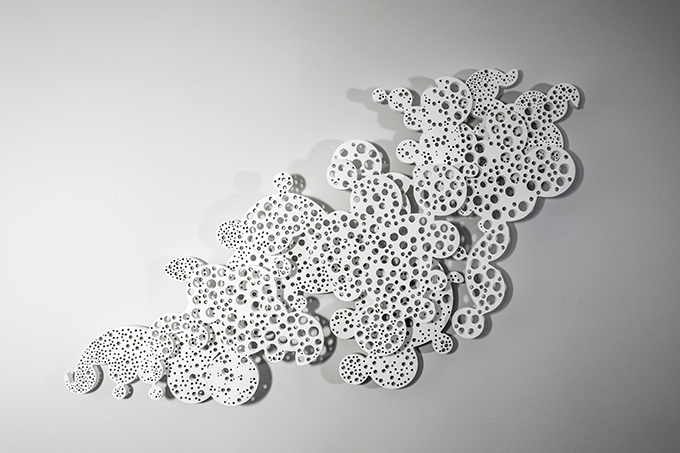
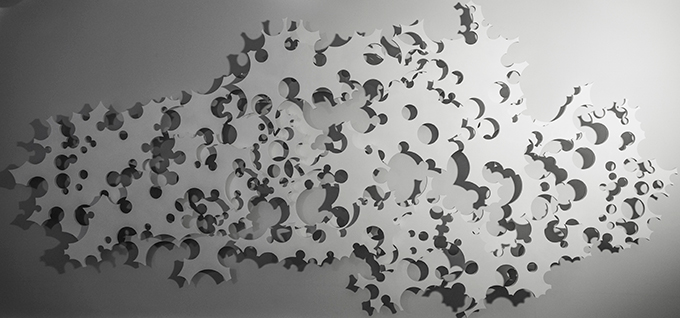
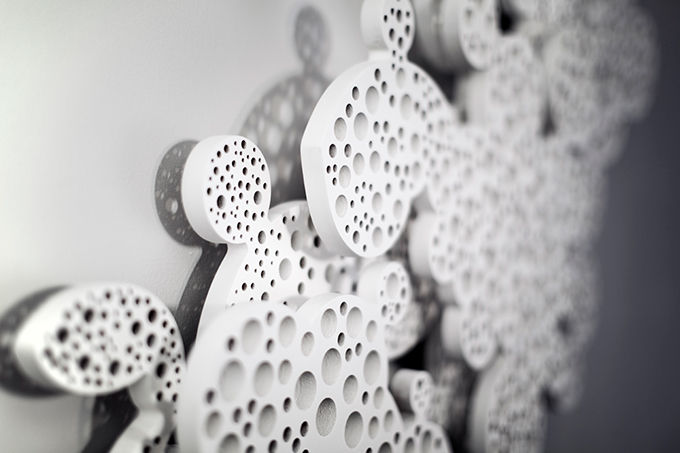
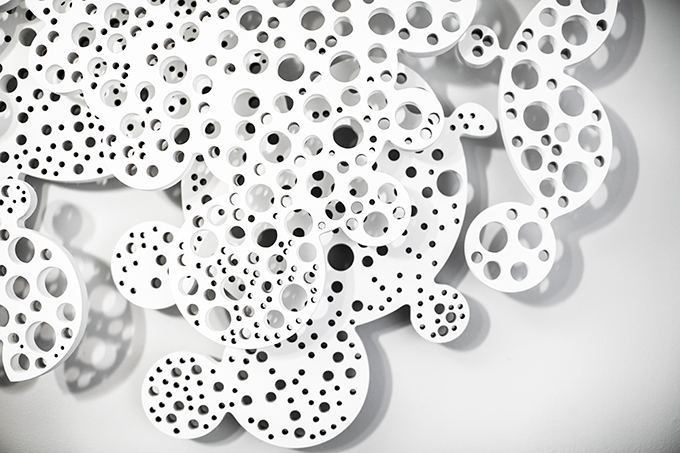
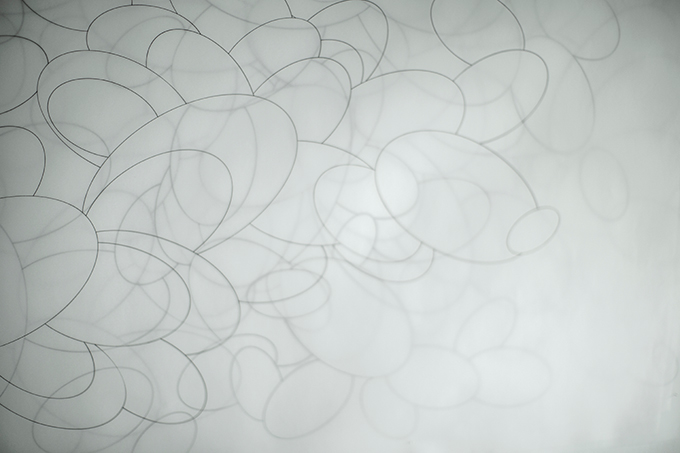
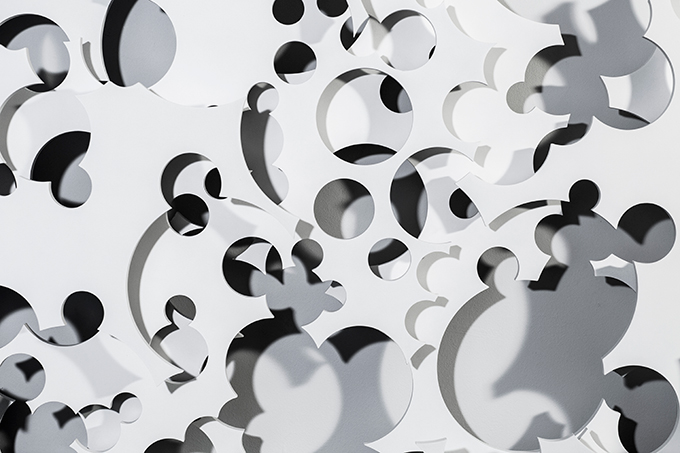
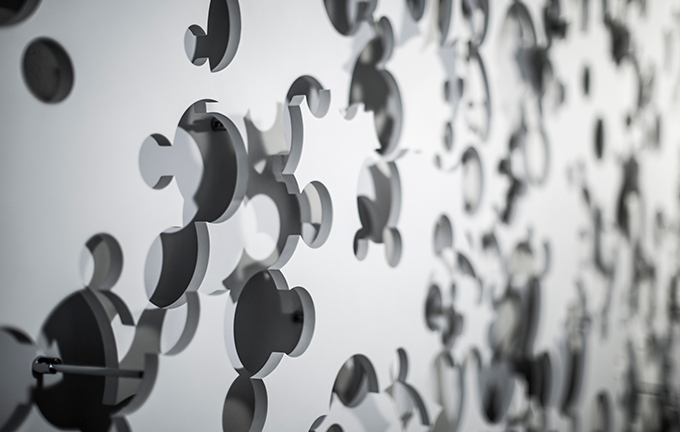
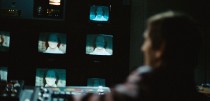
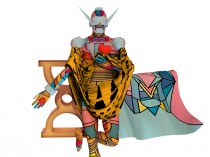










Comments